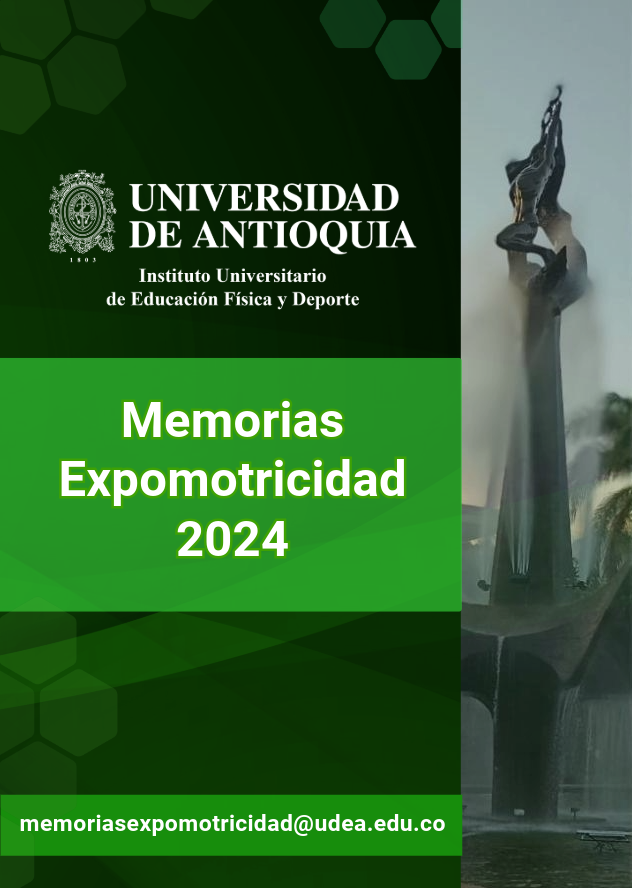Narrative of the learning outcomes in the Bachelor’s Degree in Physical Education in a Colombian University
Keywords:
curriculum, learning outcomes assessment, teacher education, government regulations, teaching-learning process, assessment processAbstract
Assessing learning in schools has traditionally been a tool used by many institutions to comply with government regulations on the quality of academic programs. More recent trends, however, understand assessment as a tool of teacher action that becomes a semiotic artifact for adjusting and feeding back its relationship to learning. In this sense, it is important that the Bachelor's degree in Physical Education at the Universidad Pedagógica Nacional be in line with the government's guidelines on expected learning and social commitment to the training of graduates, in order to make the curriculum an artifact that accompanies, supports and even stimulates learning. In addition, implementation of the ‘Learning Outcomes Assessment’ process allows for ongoing review of student learning and adjustment of the goals set by the instructor. Therefore, the objective of this work was to determine a model for guiding learning outcomes for physical education programs from the narratives of university undergraduate teachers during the year 2022. A qualitative approach study was designed with an interpretive perspective. Two procedures were used: (1) online article search and (2) article search in the Redalyc and SciELO databases. The study was developed in three phases: (1) data collection, (2) contrast and classification, and (3) hermeneutic analysis and discussion. The information was compiled in documentary record tables, semi-structured interviews were conducted with focus groups of teachers, and a comparison matrix was developed. With the introduction of the concept of 'Learning Outcomes Assessment', the Colombian Office of Education indicates procedures, monitoring, coordination and adjustments to the teaching-learning processes, so that the student and the teacher participate in the process of learning assessment and in the identification of the necessary didactic and methodological adjustments. It also implies a social responsibility in terms of what is taught and what is expected to be learned in an increasingly fast-paced and demanding world.
Downloads
References
1. Agencia Nacional de Evaluación de la Calidad y la Acreditación [ANECA]. (2017). Guía de apoyo para la redacción, puesta en práctica y evaluación de los resultados de aprendizaje. Versión 1.0. ANECA. http://hdl.handle.net/10818/33009
2. Almanza Arciria, G. E., y Pinillos García, J. M. (2021). Imaginarios sobre la evaluación del aprendizaje en Educación Física escolar en la Institución Educativa José Antonio Galán. Assensus, 6(10), 59-77. https://metarevistas.org/Record/oai:revistas.unicordoba.edu.co:article_2283
3. Arribas Estebaranz, J. M. (2018). La evaluación de los aprendizajes. Problemas y soluciones. Profesorado, 21(4), 381-404. https://recyt.fecyt.es/index.php/profesorado/article/view/62511
4. Clavijo Clavijo, G. A. (2021, 15 de febrero). La evaluación del y para el aprendizaje. Edu Bitz. https://observatorio.tec.mx/edu-bits-blog/evaluacion-del-y-para-el-aprendizaje
Downloads
Published
How to Cite
Issue
Section
License
Copyright (c) 2024 Guiomar Alarcón Castro, Sonia López Domínguez, Martha Arenas Molina

This work is licensed under a Creative Commons Attribution-NonCommercial-ShareAlike 4.0 International License.




